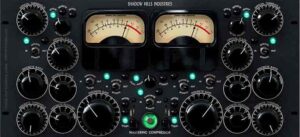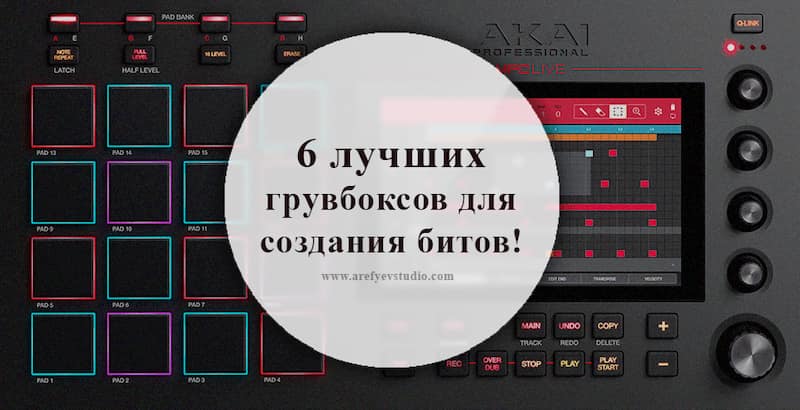Let’s talk about an advanced method of parallel compression and some scenarios for its use.
Parallel compression uses the send and return setting of the signal, similar to how you send a stream to the effects processor. This is a combination of a dry signal mixed with a compressed version. In parallel tuning, you can use heavier methods to pull out the depth of the source material. The art of parallel compression plays a big role in how popular mixes sound today. They are loud and dense.
Some argue that this is not necessary for all styles. Compression suppresses track dynamics. In parallel use, the signal is compressed more than usual (average values will vary from -3 dB to about -10 dB. With parallel adjustment, from -3 dB to -20 dB or higher).
— See also: -6db when preparing for mastering. Peaks and slices of audio information —
How to configure in a DAW program
Create an internal AUX bus output from the channels. It mixes with the track that needs to be clamped and sent to the BUS channel (or the final master bus). Now we have two channels: a dry and AUX track of the same dry signal, which we will compress and mix in the required quantity. On this additional channel, you can hang any convenient compressor and configure it.
In modern instruments, the “MIX” knob is built in to mix the processed signal without creating additional buses. But it seems to us that this does not always work correctly. There is no flexibility and detail accuracy.
 Most often, parallel compression is used to compress the drums. If you are trying to get a tight punch, use the New York compression method, in which, with an almost maximum attack and soft release, the signal is clamped (from -10 to -20dB) and adjusted (raised) by the equalizer (soft shelf below 100Hz and above 10000Hz). This way you get a compacted layer, subsequently mixed into drum groups.
Most often, parallel compression is used to compress the drums. If you are trying to get a tight punch, use the New York compression method, in which, with an almost maximum attack and soft release, the signal is clamped (from -10 to -20dB) and adjusted (raised) by the equalizer (soft shelf below 100Hz and above 10000Hz). This way you get a compacted layer, subsequently mixed into drum groups.
In the world of hardware devices, Empirical Labs Distressor, EmpiricalLabs Fatso, ShadowHills Mastering-Compressor, Undertone Audio UnFairchild670m, Neve33609, UA1176, SSL and API2500 are central to such tasks.
Some mixing engineers use multiple parallel compressors to complement various aspects and frequencies. There are cases in which up to five different VST plug-ins are hung on one group, compressing the threshold between -3 dB and -6 dB. Each of them contributes its distorted impulses.
Another common use for parallel drum compression is the Kick / Snare Crush setting. This setting is specifically targeted at the percussion and snare drum, which is used to add depth, length and attack. It can be used in combination with other full-featured parallel processors. For this task, EL Distressor, UA1176, DBX160 and Teletronix LA-2A are suitable.
— See also: Computer for a recording studio —
You can also use parallel compression on vocals to get interesting harmonic distortion and a tightly readable performer. Especially if the recording is dynamically complex and improvised tools, such as Waves’ Vocal Rider, can not cope.
Use groups by breaking down diverse sources of sound to isolate and process specific parts. The flexibility of the modern world is at your fingertips. Even not very well-recorded drums and vocals can sound harmonious and loud!



